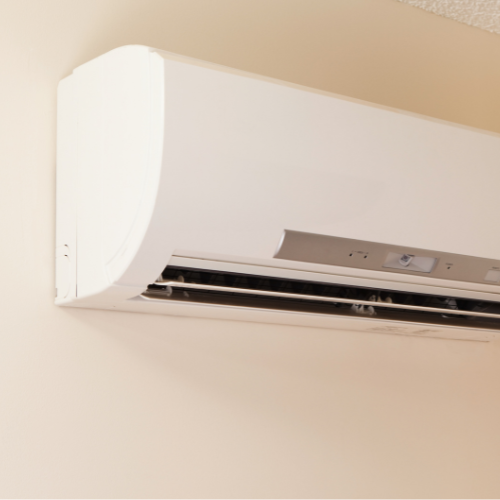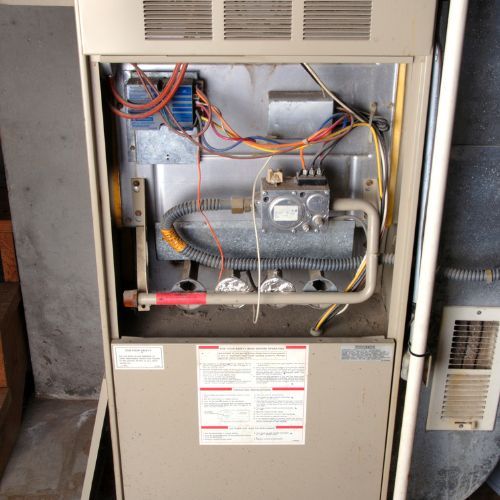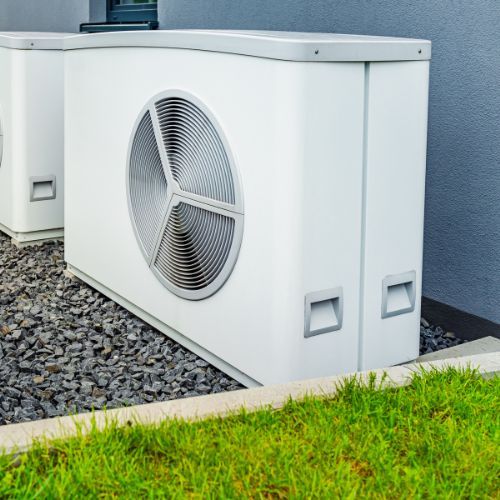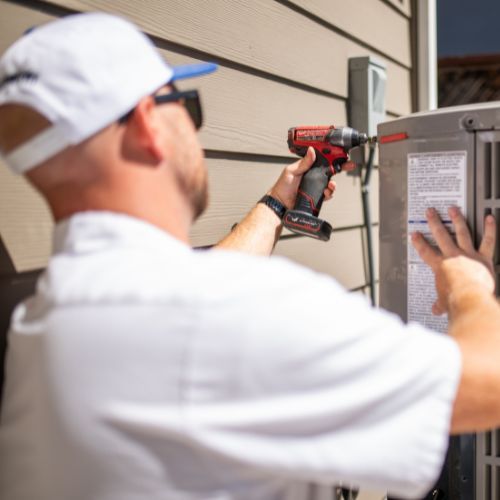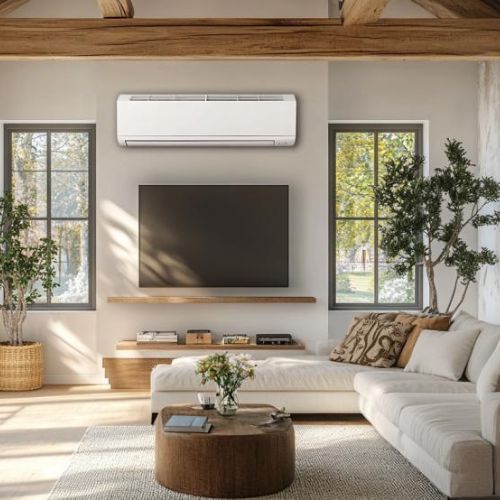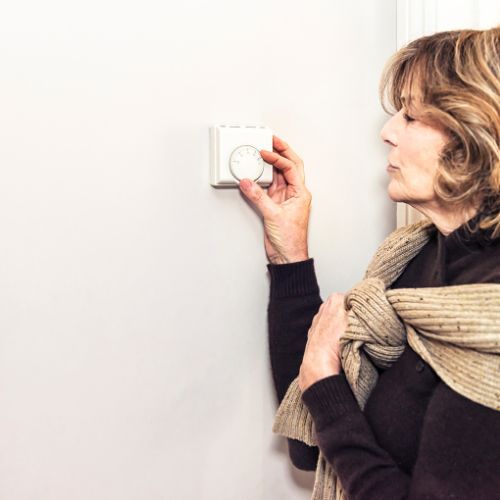What is the Average Cost of Mini Split Installation in Cloverdale, CA?
According to HomeGuide, installing a mini split air conditioner ranges from $2,000 to $16,400, averaging $4,500. The total cost depends on factors like the system’s size, number of zones, brand, and installation complexity. Whether you’re upgrading your cooling system or adding climate control to a new space, understanding the mini split installation cost is crucial for making an informed decision.
In this guide, we’ll break down the key factors influencing installation costs, what to expect from a professional mini split AC installation service, and how you can make the best choice for your home.
Factors That Influence the Average Cost of Mini Split Installation in Cloverdale, CA
Several factors determine the cost to install a mini split, ranging from the type of system you choose to the complexity of installation. Let’s explore these factors in detail:
1. System Size and Number of Zones
Your AC installation technician starts the process with an assessment of your home to determine whether you need a single-zone or a multi-zone system. On average, you need 20 BTU for each square foot of living space.
- A single-zone mini split (for one room) costs $2,500–$4,500, while a multi-zone system (for multiple rooms) costs $4,000–$8,000+.
- Larger homes requiring four or more zones can see costs exceeding $10,000, depending on the layout and system requirements.
2. Brand and Efficiency Rating (SEER & HSPF)
- Seasonal Energy Efficiency Ratio (SEER) rating is an air conditioner’s overall energy efficiency, with higher rates denoting higher energy efficiency. Higher-efficiency units with SEER ratings of 20+ cost more upfront but offer significant energy savings.
- Popular brands like Mitsubishi, Daikin, and Fujitsu tend to cost more but provide better longevity and reliability.
- Energy Star-rated models qualify for rebates and tax incentives, lowering the overall cost.
According to the U.S Department of Energy, choosing the right BTU rating is crucial. Undersized units won’t cool or heat effectively, while oversized units can lead to higher energy bills.
3. Installation Complexity
- Wall-mounted units are the most affordable to install, while ceiling cassettes or floor-mounted systems require more labor and modifications.
- If new electrical wiring or a dedicated circuit is needed, this can add $500–$1,500 to the total cost.
- Homes without existing ductwork benefit from mini splits since they eliminate the need for expensive duct installation.
4. Additional Components & Features
- Wi-Fi-enabled controls, smart thermostats, and advanced air filtration systems add convenience but increase costs.
- Insulated line sets, drain lines, and mounting brackets may add an additional $300–$800 to the total bill.
- If an outdoor condenser unit requires a concrete pad or wall-mount bracket, this may cost an extra $250–$500.
5. Labor & Permit Costs
- Professional labor in Cloverdale, CA, typically ranges from $500 to $2,000, depending on the installer and system complexity.
- Permits, if required, can cost $100–$300, depending on local regulations.
- Hiring a licensed and experienced HVAC technician such as Elevated Comfort ensures proper installation, preventing costly repairs in the future.
What to Expect from a Professional Mini Split Installation Service?
When hiring a professional for mini split AC installation, here’s a step-by-step breakdown of the process:
1. Pre-Installation Assessment
- The technician evaluates your home’s layout and determines the best placement for indoor and outdoor units.
- They calculate the necessary BTU capacity based on your room sizes, insulation, and climate conditions.
- If electrical upgrades are needed, they’ll provide an estimate for additional wiring or circuit installations.
2. Installing the Indoor Unit
- Wall-mounted units are installed 6–7 feet above the floor for optimal airflow.
- Ceiling cassettes or floor-mounted units require additional framing or modifications.
- Refrigerant lines, drain pipes, and electrical connections are routed through a small 3-inch hole in the wall.
3. Mounting the Outdoor Condenser
- The outdoor compressor unit is installed on a stable concrete pad or mounted on brackets.
- It must be placed at least two feet from walls and clear of obstructions for proper airflow.
- Technicians ensure the refrigerant lines and electrical connections are properly sealed to prevent leaks.
4. Connecting & Testing the System
- The refrigerant is charged, and electrical connections are tested.
- The system is turned on to ensure proper heating and cooling function.
- The technician will check for air leaks, noise issues, or refrigerant pressure imbalances.
5. Final Walkthrough & User Training
- The professional will guide you on how to operate the system, adjust settings, and maintain your mini split.
- They’ll provide warranty information and answer any questions about future maintenance and troubleshooting. Elevated Comfort also provides a yearly HVAC maintenance plan with scheduled inspections to ensure the proper functionality of your system.
Is DIY AC Installation A Good Idea?
While a DIY mini split installation may seem cost-effective, there are several risks to consider:
DIY Installation: Risks & Challenges
- The installation requires specialized HVAC tools (vacuum pumps, manifold gauges, etc.), which might not be readily available.
- Risk of improper refrigerant handling, leading to system inefficiency.
- Voids manufacturer warranty if improperly installed.
- Potential for electrical hazards and fire risks.
Professional Installation: Benefits
- Ensures proper unit placement and refrigerant charge
- Complies with local codes and permit requirements
- Increases system lifespan and energy efficiency
- Provides warranty coverage and long-term support
If you’re investing in a mini split AC installation, professional installation guarantees safety, efficiency, and peace of mind.
Frequently Asked Questions
1. How long does a mini split installation take?
Most installations take 4–8 hours, depending on the number of zones and the system’s complexity.
2. Are mini splits more energy-efficient than central AC?
Yes! Mini splits use inverter technology, consuming up to 40% less energy than traditional central AC units.
3. Can I install a mini split in a garage or basement?
Absolutely! Mini splits are perfect for garages, basements, home offices, and ADUs, providing efficient heating and cooling.
4. How often do mini splits need maintenance?
Filters should be cleaned monthly, and professional servicing by experts such as the ones at Elevated Comfort is recommended annually.
5. Do mini splits increase home value?
Yes! A professionally installed mini split adds energy efficiency and climate control, making your home more appealing to buyers.
Final Thoughts
Installing a mini split AC in Cloverdale, CA is an excellent investment for energy-efficient heating and cooling. The mini split installation cost varies based on factors like system size, efficiency ratings, labor, and additional features. While upfront costs range from $2,000 to $16,400, the long-term energy savings, improved comfort, and low maintenance needs make mini splits a great choice for homeowners.
Choosing a reputable mini split company is crucial to ensure proper setup, compliance with building codes, and warranty coverage. At Elevated Comfort, we provide expert mini split installation services tailored to your home’s needs. Our licensed professionals ensure a smooth, hassle-free installation so you can enjoy year-round comfort without stress.
Call us today for a no-cost consultation and estimate! Let us help you find the perfect mini split system for your home.
